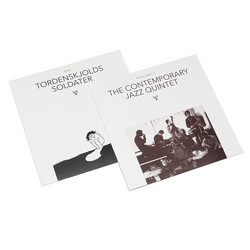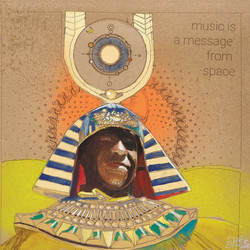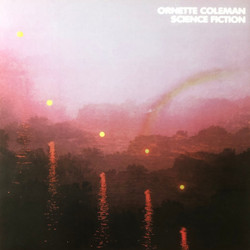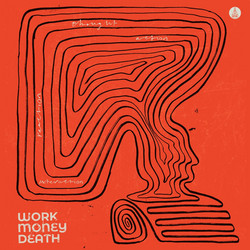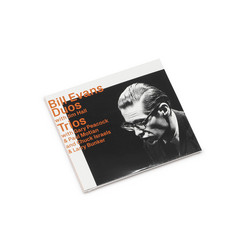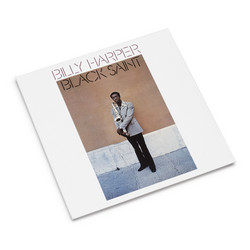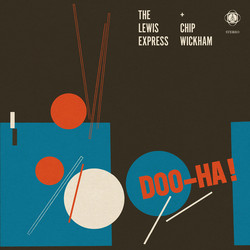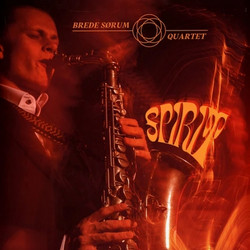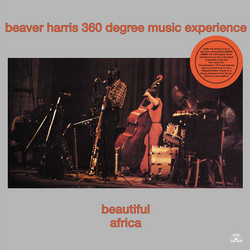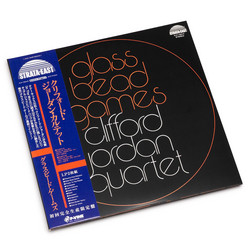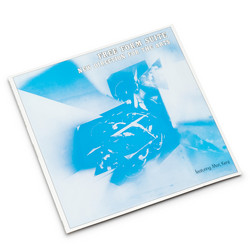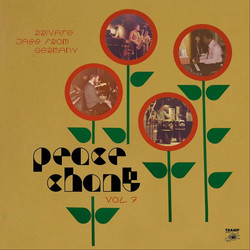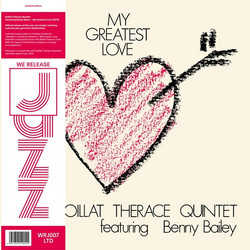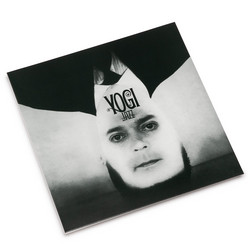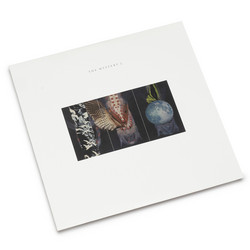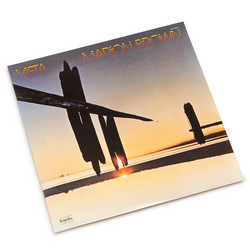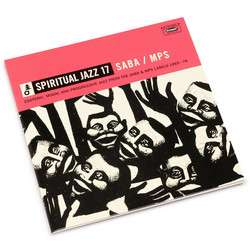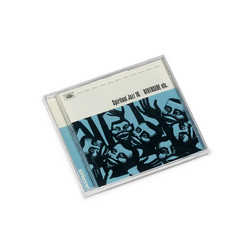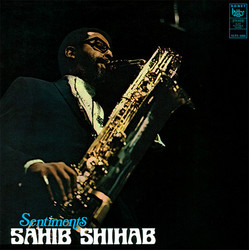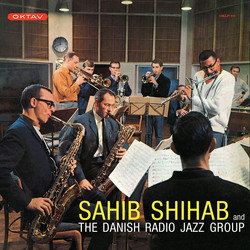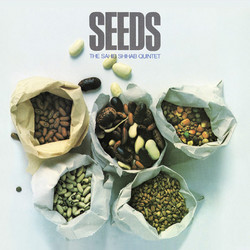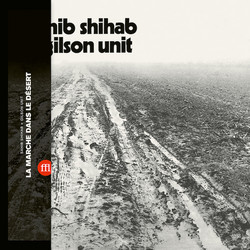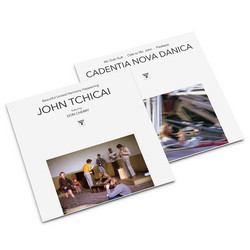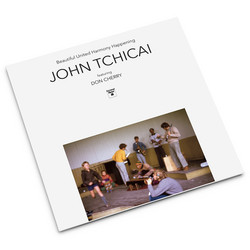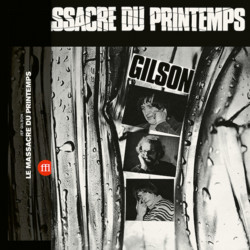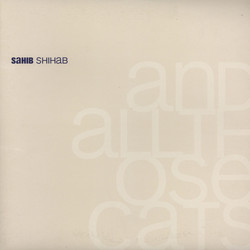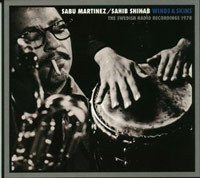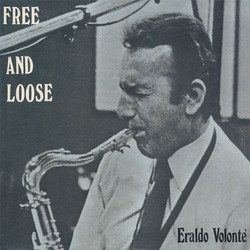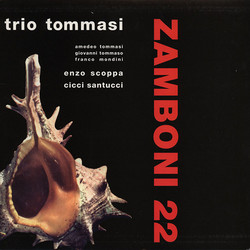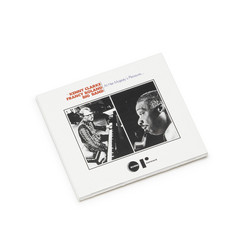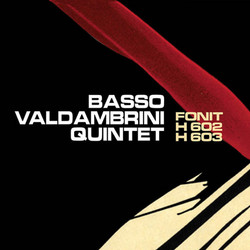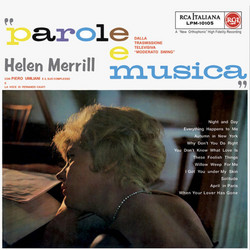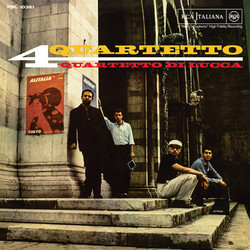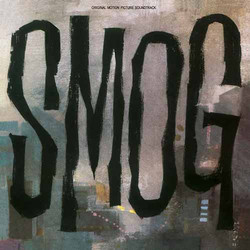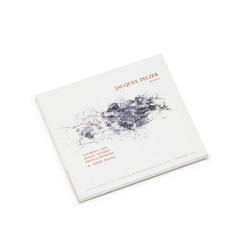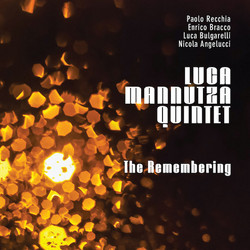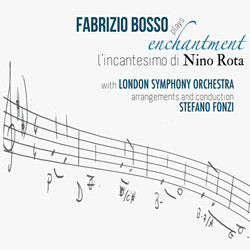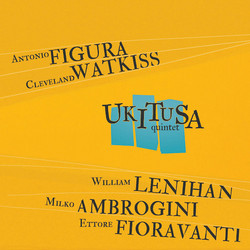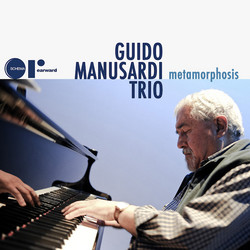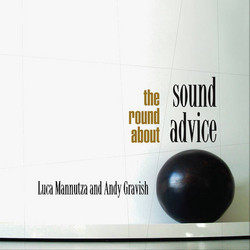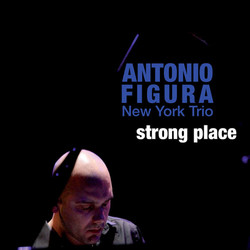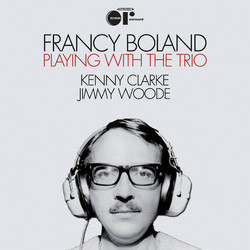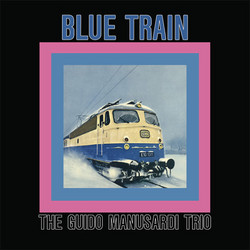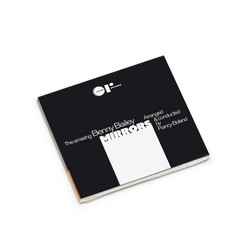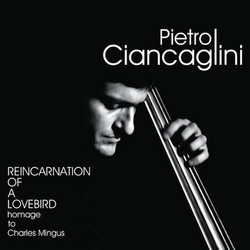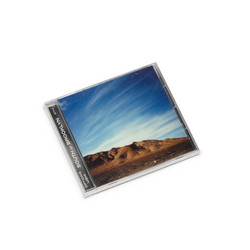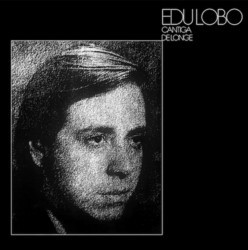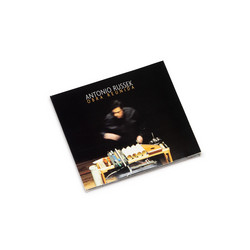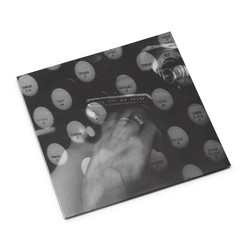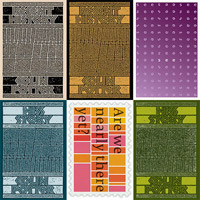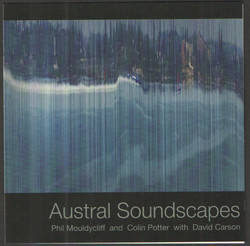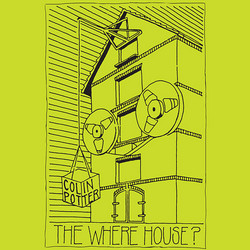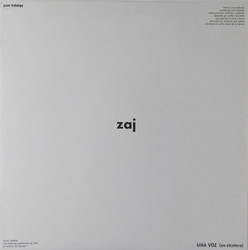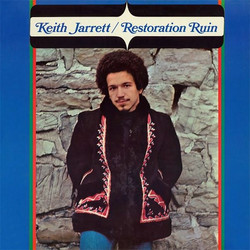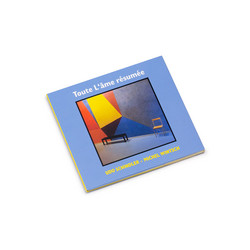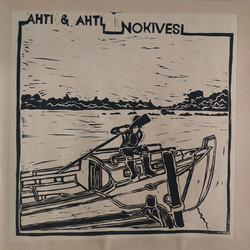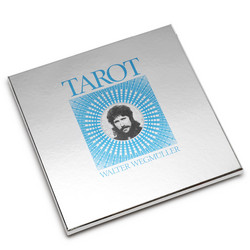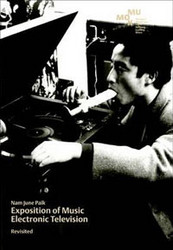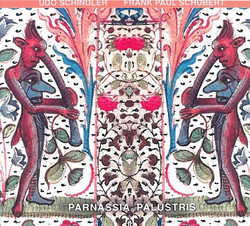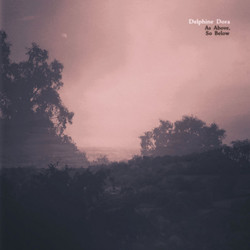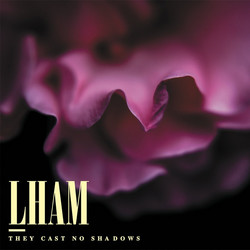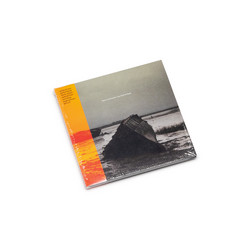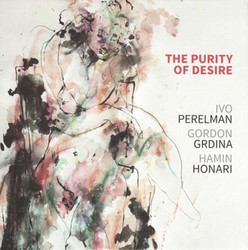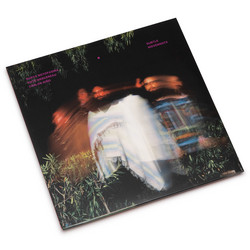Sahib Shihab
Companionship (2LP)
*2022 stock* Jazz music has more than its fair share of overshadowed figures that whilst contributing much to the music have little presence in its collective conscious. One such musician is the talented multi-reedist, Sahib Shihab. Born Edmond Gregory, as he was known before he adopted the Muslim faith in 1946, Sahib Shihab’s music background shows a deep and significant evolution, influenced by Thelonious Monk, Dizzie Gillespie (his experience in Dizzie’s band marked Sahib’s switch to Baritone, the instrument he became most readily associated with), and above all by Charlie Parker’s Bop. Had it not been for the post-war migration of many top American jazz musicians to Europe, it is quite likely that the legendary Clarke-Boland Big Band might never come into existence. Sahib, one of this musicians disillusioned with the politics and racism of the United States, accepted to join the band of Quincy Jones for an European tour in 1959. When the tour ended, Shihab he remained in Europe where he joined, in 1961, the Clarke-Boland Big Band. The collection “Companionship”, whose line up consists of seven elements which derives from this original band, spotlights the consummate musicianship and individuality of Sahib Shihab and is testimony to his special musical gifts – not only as a top-rank flautist and baritone saxophone but also as a composer. Furthermore, it provides a welcome reminder of the high quality of the Clarke-Boland Big Band’s rhythm section, the lively style of vibraphonist Fats Sadi and the power and personality of two of the C-BBB’s horn-playing stalwarts, Benny Bailey and Ake Persson. Here’s a real rarity, surely a desert island disc.
This double album has it all from frantic banging percussive workouts to modal numbers to beautiful ballads. It’s a staggeringly good piece of music and worth every penny of the price tag it commands. Let’s have a look to the most significant pieces.
Francy Boland’s “Om Mani Padme Hum”, taken from a Tibetan prayer, shows Shihab in exuberant mood, playing against a vigorous percussion background and making dramatic use of his special technique of combining voice and flute. Boland contributes an incisive, effervescent solo. “Bohemia After Dark”, a classic original by bassist Oscar Pettiford which he first recorded back in August 1955, finds Shihab in exultant form on baritone. “Companionship” has a Bossa Nova beat and features Bailey on flugelhorn and Shihab on flute, playing with a limpid, floating sound.Bailey’s minor-key original, “Stoned Ghosts” was, he says, inspired by listening to some music written by Bela Bartok before he emigrated to the United States. The piece has an infectious back-beat pulse and showcases the superb walking technique of Jimmy Woode. In “Con Alma” Shihab’s mellow flute set against a churning 12/8 beat in this stylish Boland arrangement. Woode’s performance of the superb Mei Torme ballad, “Born To Be Blue”, reveals his great affection for the song. “It is the perfect combination,” he says, “a beautiful melody married to a great lyric. I really love that tune”. It is a song of rueful resignation, putting a brave face on the blues. “Balafon” is an up-tempo Francy Boland original written for the French mime artist, Marcel Marceau. The rhythm section really cooks on this track with Kenny Clarke’s cymbal work outstanding. Boland’s solo here is notable for its neat, left hand punctuations. “Calypso Blues” has been written by Nat King Cole and Don George. lt tells the wry and wistful tale of a Trinidadian in New York desperately homesick for the land where everything 5 so much cheaper (in New York “a dollar buy, a cup of coffee and a ham on rye”) and the girls more natural than the artificial, painted beauties of New York. Woode’s composition, “Sconsolato” is a haunting theme in A minor and it brings to a close a truly fascinating album. This is dynamic music played with vigour, verve and vitality – and it is an enormous pleasure to rediscover it.
A shadowy fugitive from his home in the land of jazz, Sahib Shihab remains a true unsung figure, worthy of more attention. With his equally expert technique on Baritone, Flute, Alto and Soprano saxophones and his capacity to adapt easily to a variety of musical settings. His warm, individual, singsong sound in improvisation and his unusual and interesting compositions mark him out as a hidden treasure in the dusty corners of jazz archive.
